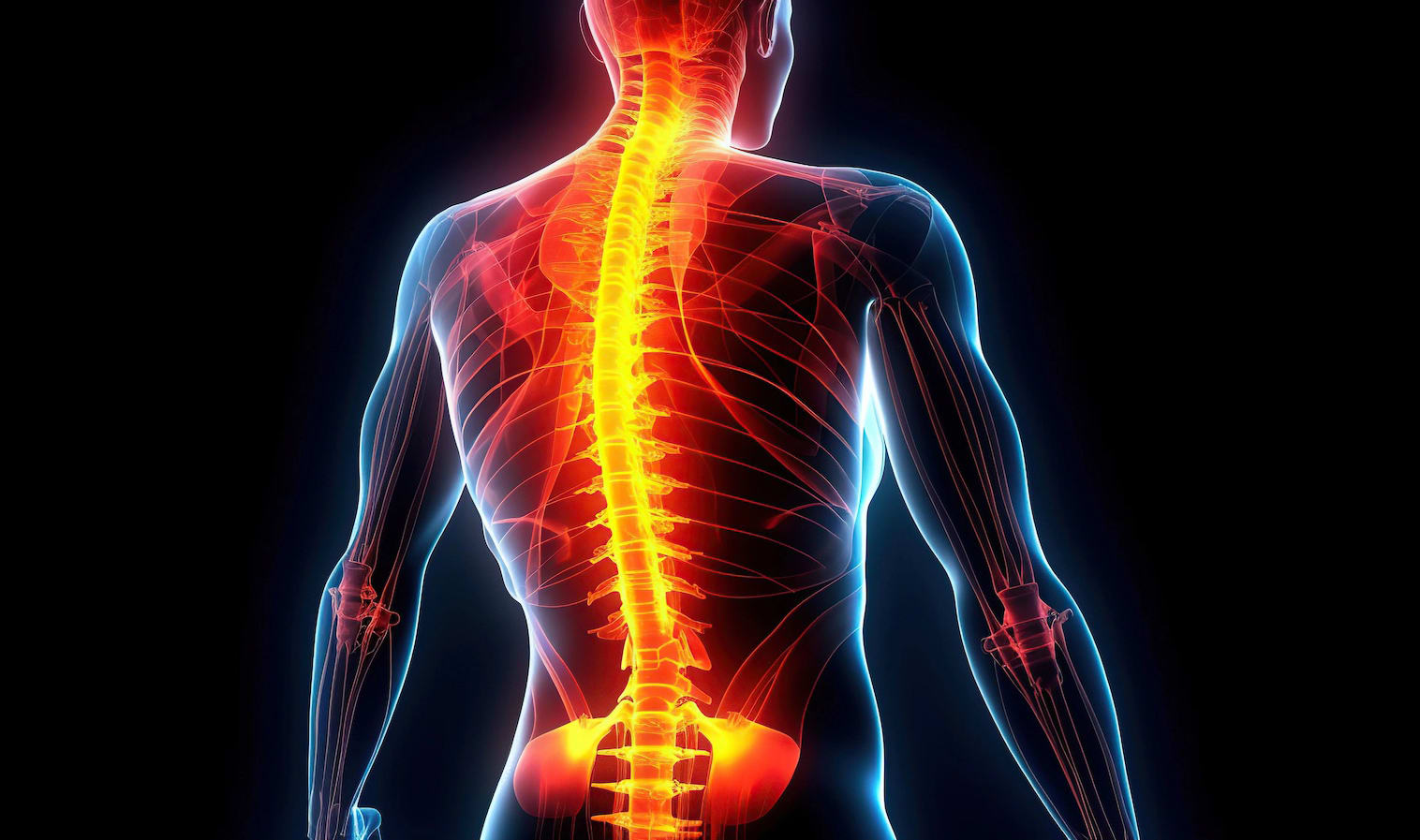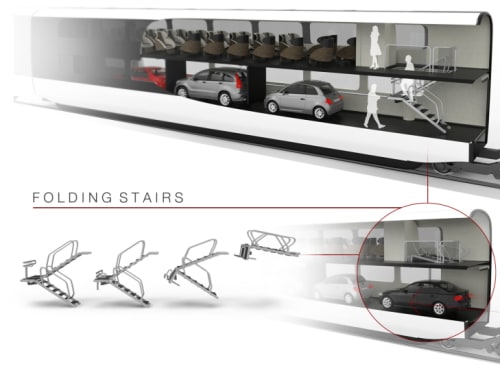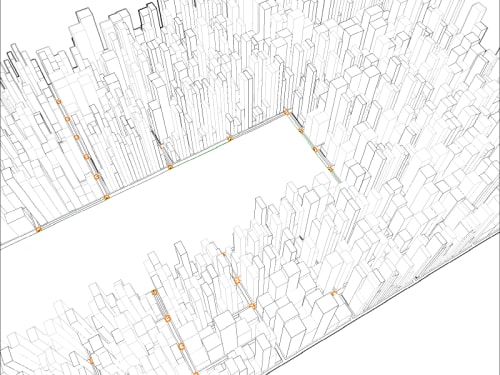The 2025 Contest is Now Open for Entries!
Submit your best new product ideas in any of seven categories for a chance at $25,000 USD and other great prizes. Here’s how to get started.
Help build a better tomorrow
Since Tech Briefs magazine launched the Create the Future Design contest in 2002 to recognize and reward engineering innovation, over 15,000 design ideas have been submitted by engineers, students, and entrepreneurs in more than 100 countries. Join the innovators who dared to dream big by entering your ideas today.
Read About All the 2024 Winning Inventions

Special Report spotlights the eight amazing winners in 2024 as well as honorable mentions in each category, plus the top ten most popular entries as voted by our community.
Click here to read moreA ‘Create the Future’ Winner Featured on ‘Here’s an Idea’
Spinal cord injury affects 17,000 Americans and 700,000 people worldwide each year. A research team at NeuroPair, Inc. won the Grand Prize in the 2023 Create the Future Design Contest for a revolutionary approach to spinal cord repair. In this Here’s an Idea podcast episode, Dr. Johannes Dapprich, NeuroPair’s CEO and founder, discusses their groundbreaking approach that addresses a critical need in the medical field, offering a fast and minimally invasive solution to a long-standing problem.
Listen nowThank you from our Sponsors
“At COMSOL, we are very excited to recognize innovators and their important work this year. We are grateful for the opportunity to support the Create the Future Design Contest, which is an excellent platform for designers to showcase their ideas and products in front of a worldwide audience. Best of luck to all participants!”
— Bernt Nilsson, Senior Vice President of Marketing, COMSOL, Inc.
“From our beginnings, Mouser has supported engineers, innovators and students. We are proud of our longstanding support for the Create the Future Design Contest and the many innovations it has inspired.”
— Kevin Hess, Senior Vice President of Marketing, Mouser Electronics
contest/2012
2012
This entry is a concept for a high-speed rail network that would be integrated into the automobile-based infrastructure of the United States. High-speed rail has already proven to be a convenient, fast, safe and efficient form of transportation elsewhere in the world but despite its benefits the idea has never caught on here.
This idea consists of constructing a Torus underground, which will collect electrons. This structure represents the stator in an electric motor. It will be insulated from the surrounding ground and collect electrons through static electric currents. When enough electrons are collected a resonant magnetic-electric field will draw a continuous stream of electrons from the surface.
Electric car efficiency can be improved. Current designs use transmissions and differentials. Improved motor design with lower loss allows direct drive without transmissions and differentials. Cost and complexity are reduced and performance is increased.
In every country around the world used tires accumulate in piles. Every year, through carelessness, accident or lightning, some of those tire piles catch fire. Currently there are only three ways of dealing with these disasters. Allow the pile to burn itself out, smother the fire with dirt,
Vision Intelligence Traffic Automated Lights
The VITAL system will controls traffic lights based on vision sensors and analysis of information. Will help to make traffic more fluid, generating savings to drivers and reducing unnecessary pollution by reducing gas consumption.
The system will be based on “Intelligent” nodes. A node on each street intersection, “an Intelligent traffic control officer,
My proposal is for an underwater combat simulation game called SEACOM-2013 Extreme Aquatic Games. I design and build shallow water pure Oxygen Rebreather diving equipment for recreational use. US Navy SEALS use a similar (but more advanced) diving system. The paintball, laser-tag, and AirSoft combat simulation community has grown recently in popularity,
“Squeezzz Lane”
(The Virtual Car Pool Lane)
Copyright 2012
Joe Anderson – Illinois, USA
Roads in cities around the world are becoming more congested. The demand for travel exceeds the capacity of our existing roads. Cash and land shortages restrict governments’ ability to expand roads.
The Vanquish is a scalable unmanned aerial vehicle, designed to transport personnel, wounded personnel and equipment and can perform surveillance and scout/attack missions. Though the vehicle was primarily designed for the Military, it has many civilian uses, especially in areas of medical evacuation and emergency supplies delivery in remote and dangerous areas.
The Vanquish is a coaxial-rotor,
The MXC form factor from WOLF Industrial Systems specifically targets the high-end video requirements of analog, digital, and broadcast SMPTE inputs and outputs, video mixing and overlay, H.264 compression, and AES encryption.
The Manta Ray Unmanned Underwater Riverine Craft (UURC) is designed to perform clandestine, persistent surveillance in riverine, inlets, harbors, and other coastal shallow water environments as well as providing a platform that can provide extended time-on-station research.
The Manta Ray is an Unmanned Underwater Systems (UUS) designed to operate in harsh environments (obstacles, weeds, shallow water, etc).
Page 26 of 74
















